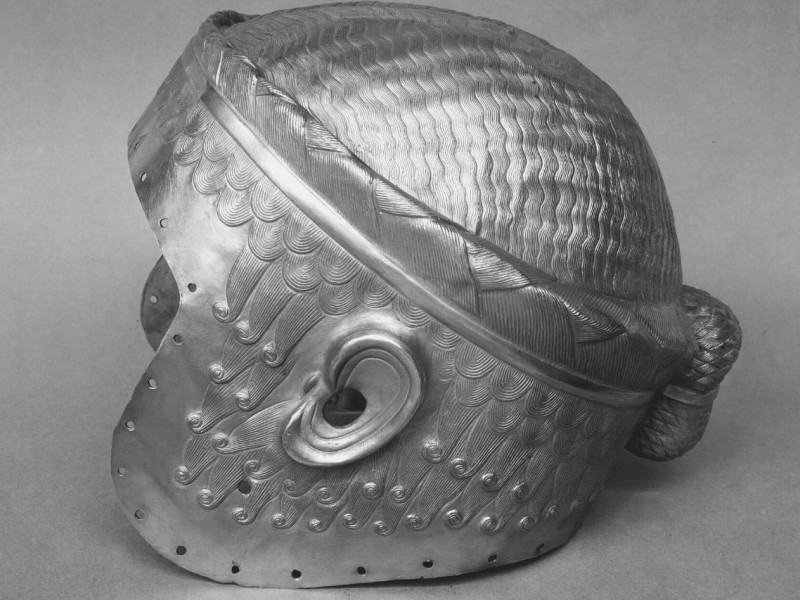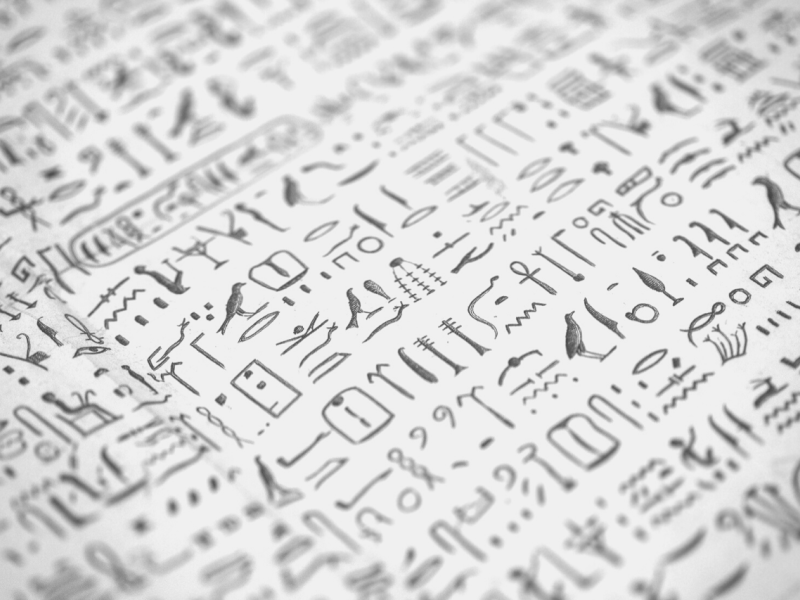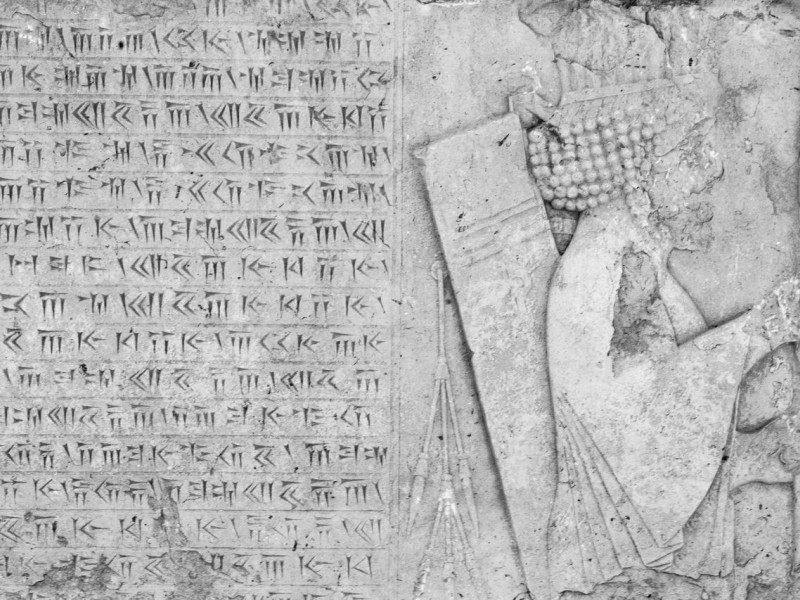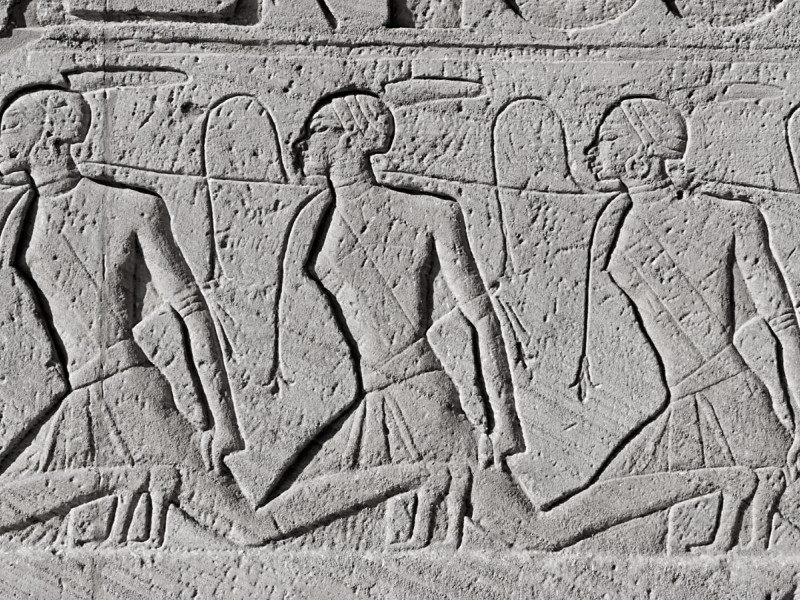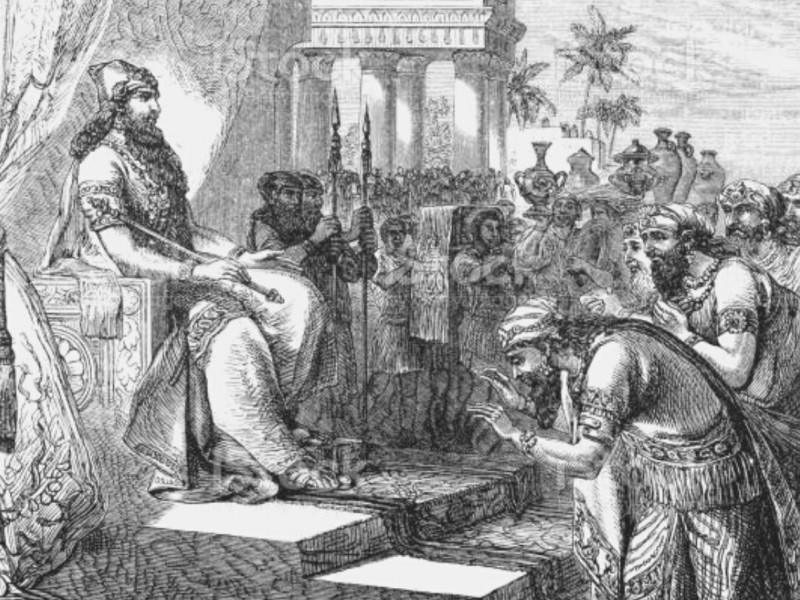Why Were Scribes Important: The Reason Civilization Flourished
Indeed, why were scribes important? Scribes were the people tasked with recording information such as keeping track of business transactions, pacts, and ownership rights in a clear manner (for that time, at least). Since the size of cities was growing, it was impossible to keep track of everything through memory so the scribes were the owns who began using picture symbols inscribed on clay tablets as a concrete way of record keeping. If you want to know why scribes were important, keep on reading about how scribes were trained and how they worked in the ancient world.
When Did Writing Emerge?
Writing emerged at the end of the fourth millennium, and the very first written language in Mesopotamia was called Sumerian.
What Was The Job of Scribes and Why Were They Important?
As you might have already gathered by now, Sumerian Scribes were people in ancient times who knew how to read and write. Their job was so important due to the fact that they kept documentation for the government, took part in recording a census, and recorded court cases. They also kept track of food supplies and kept all other necessary documentation for the king.
How Did Someone Become a Scribe?
In order to become a scribe, the person had to attend school and take special training. At that time, there was very limited learning material. This is also why students had to work really hard as scripts were complicated, and they had to be practiced. They were written down onto sheets of papyrus, flakes of limestone, or on pieces of pottery.
Usually, the offspring of scribes would take on the profession of becoming a scribe as well. It was very rare that a person of any other profession would think of making their children a scribe.
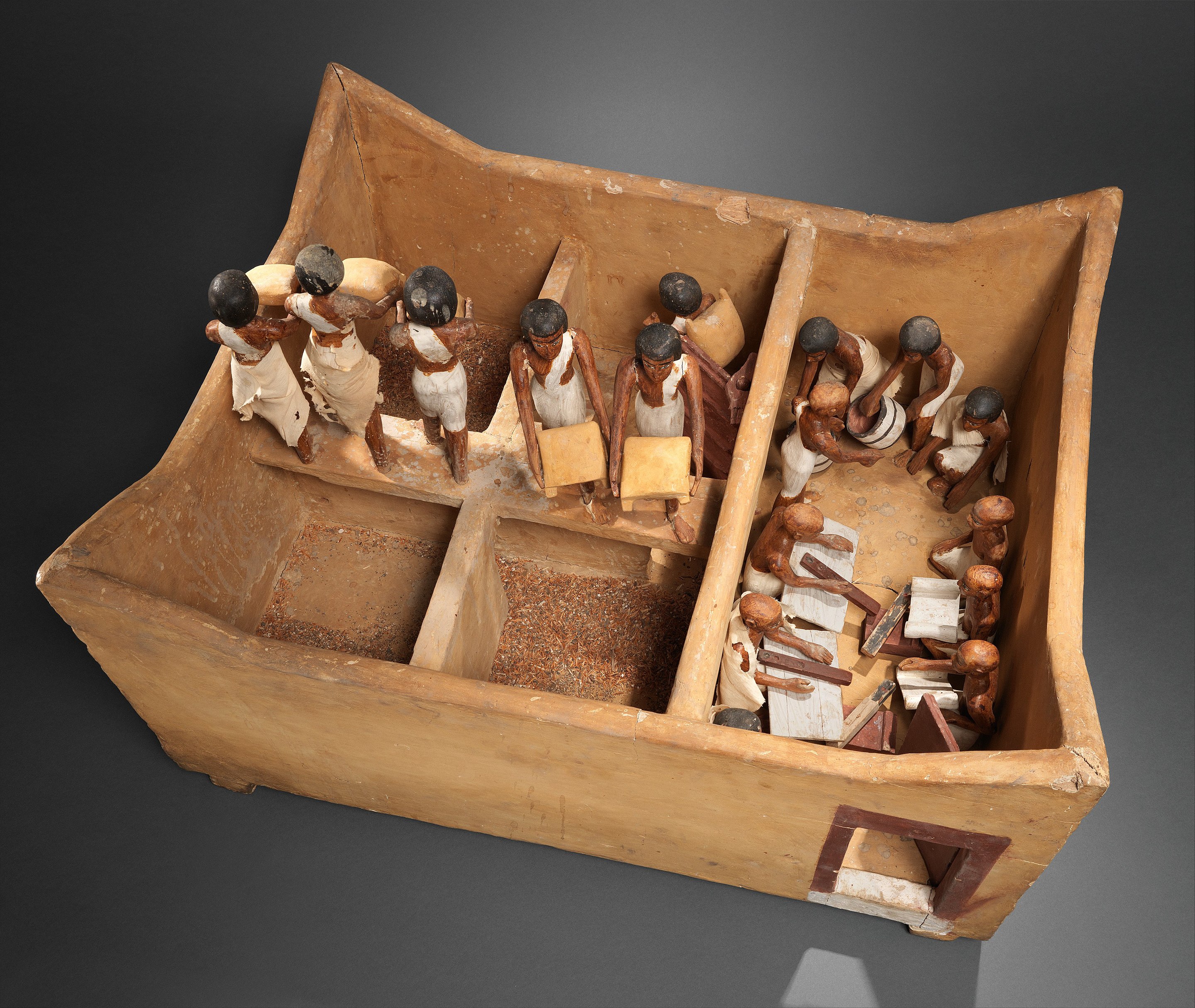
Granary with Scribes By
This file was donated to Wikimedia Commons as part of a project by the Metropolitan Museum of Art, CC0, via Wikimedia Commons
Why Were Scribes Important: Mesopotamian Scribes
People in Mesopotamia were not very literate. When the first practical writing system of Mesopotamia was developed, it gave a degree of permanence and continuity to society.
Moreover, Mesopotamian scribes were trained in cuneiform writing and were also trained to keep a record of all different languages spoken in the region. If these scribes had not recorded this, most of the knowledge about the Mesopotamian civilization would have been lost. Scribes would mostly use clay tablets and cuneiform to preserve their writings.
Clay Tablets
When scribes in Mesopotamia wanted to write something on clay tablets, they would take soft clay, inscribe their writing on it, and let that clay harden. This way, they had a permanent piece of writing that would stay with them for a long time.
Cuneiform
The word 'cuneiform' means "wedge shape." A scribe would use a stylus to cut a reed stylus and make wedge shape marks on the clay tablet. Most of these marks were pictorial. They would depict pictures, such as that of a hand.
Later on, these cuneiform signs were put together and developed into sounds. This way, they had the means to record their spoken language in writing. As you might already know, this was one of the oldest forms of writing.
Deciphering the Tablets
Archeologists and historians have always been interested in deciphering the text of tablets. These tablets were written by ancient Mesopotamian scribes. Deciphering these texts was not an easy job either, since there were around 700 different symbols inscribed.
These symbols also changed with each city or place. Scholars have managed to decipher a large number of these tablets. People usually wonder - what exactly did these tablets contain?
Cuneiform was used to record various information useful for temples and the government. Information pertaining to business and trade was also recorded. Stories and myths were also preserved, as well as personal letters that people wrote. Letters such as the Epic of Gilgamesh were found in those tables so this was also the origin of superhero stories, in a way.
Similarly, interesting historical accounts of the Assyrian king, Ashurbanipal, have also been deciphered. One of the tablets also outlined a unique map of the Mesopotamian world. Archeologists found out that Babylon was the focal city while Assyria, Elam, and many other places are also named.
Why Were Scribes Important: Ancient Egyptian Scribes
In the ancient Egyptian world, literacy was the ladder one climbed to succeed in their life.
The example of Horemheb depicted this. Horemheb was raised to notable military rank due to his scribal training. During Tutankhamen's reign, he was the commander in chief of the Egyptian forces. He was an important advisor to the Pharaoh and was expected to be the successor of the throne if the king died without a child.
Hieroglyphs
Hieroglyphs or "The Word of God" was a writing system that ancient Egyptian scribes learned. Compared to the Mesopotamian writing system, this writing system had more than a thousand distinct characters.
In this system, there were two ways of writing. One was through ideograms which gave a whole word or idea in a single sign. The second was through phonograms, which represented an alphabetic sound.
Furthermore, the second way was widely used inscriptions on temple walls and funerary papyri. These two writings existed for at least 2500 years and were commonly used by the scribes of ancient Egypt.
A last fascinating fact is that scribes in Ancient Egypt wrote on limestone flakes called 'Ostraca.'
How Important Was Writing in These Ancient Civilizations?
The Egyptians revered written words. They strongly believed things could become true when written down.
Furthermore, not everyone could read or write, so people would hire scribes to create contracts, letters, and inventories. Scribes were responsible for making these documents permanent and binding. The employer would trust that the scribe had written down whatever was said. So it’s natural that fathers would become incredibly proud in the case that their sons became scribes and noted important information.
The Scribe's Toolbox
A scribe was always expected to be studious and exceptionally skilled in the art of writing. Their palette was a narrow rectangular piece of wood with a place for ink and a slot for pens. The ink was made from very fine grounded pigment.
If someone wanted to use a brush instead, they would chew the end of their pen and make a brush out of it. Then that brush was dipped in a water bowl that could have been a tortoiseshell. This brush was then rubbed on a block of dry ink to take on color. When the brush would get ragged, the scribe would cut off that end and would chew it again to create fresh “bristles”.
Where Did Scribes Write On and How Did They Erase Mistakes?
Scribes wrote on limestone flakes, white-washed boards, leather rolls, and papyrus. If there was an error in the writing, it could be removed with a damp cloth or scraped with a sandstone. The scribes' bag always had writing tools such as a water bowl, ink blocks, and objects used to erase writing, so they were always prepared in the very human case that they made a mistake. Their bag even had a knife to cut and sharpen the edges of the pens.
Scribe Schools
All major cities, government departments, and temples supported places where children could be trained to become scribes, which were called ‘stables’. It’s very fascinating to learn that children started their training when they were six or seven years old. Household servants would provide food and drink for many years until the scribe could start supporting themselves. Poor students who wanted to become scribes had to depend upon their wealthy relatives to cover their expenses.
Scribal Education
A scribe had to learn the basic principles of the hieratic script. It usually took them quite a number of years just to learn the rudimentary techniques of the script. They had to copy text from documents, letters, and reports to learn the manner in which to write them. Notably, the teachers would sometimes make corrections in case of errors with red ink.
A basic student would have to know at least 450 signs if they wanted to write down important information. Apart from learning how to write, a scribe was also taught how to keep records and maintain files. Scribes also learned how to make and update lists.
Scribes who wanted to do more advanced work, like becoming government officials, priests, or lawyers, had to be trained for many more years. They had to increase their vocabulary by memorizing about one thousand signs. These skilled scribes had very beautiful handwriting and were given important tasks such as creating attractive illustrations of funerary tests, called Books of the Dead.
Other scribes would take on different types of professional and technical work, such as becoming artists or architects. In the same way, doctors would write their own medical knowledge that included symptoms, treatments, or medical advice. All this information was uncovered in texts found in the House of Life that was in the library of the Temple.
Even lawyers had to be well versed in the corpus of civil and religious law. Their records were also maintained quite methodically.
The Takeaways
Ancient societies as a whole were very much dependent on skilled scribes of all types. Let us give you a summary of what these scribes did and how they were trained:
● The very first written language in Mesopotamia was called Sumerian
● There were people who were taught to read and write and they were called scribes
● It was a long process for a student to become a scribe
● Students had to spend seven to eight years in one place where they had to copy text from documents to learn the skills required to become a scribe
● Scribes recorded their writings on clay tablets and cuneiform
● Cuneiform was the way in which a sound was associated with a word or alphabet, which enabled them to write what they heard
● Some Scribed that received more advanced education went ahead to become architects, artists, doctors, and even lawyers
The information recorded by scribes gives us insight into how the ancients lived and how their societies functioned. If you found this article helpful, keep coming back for more knowledge whenever you want!

